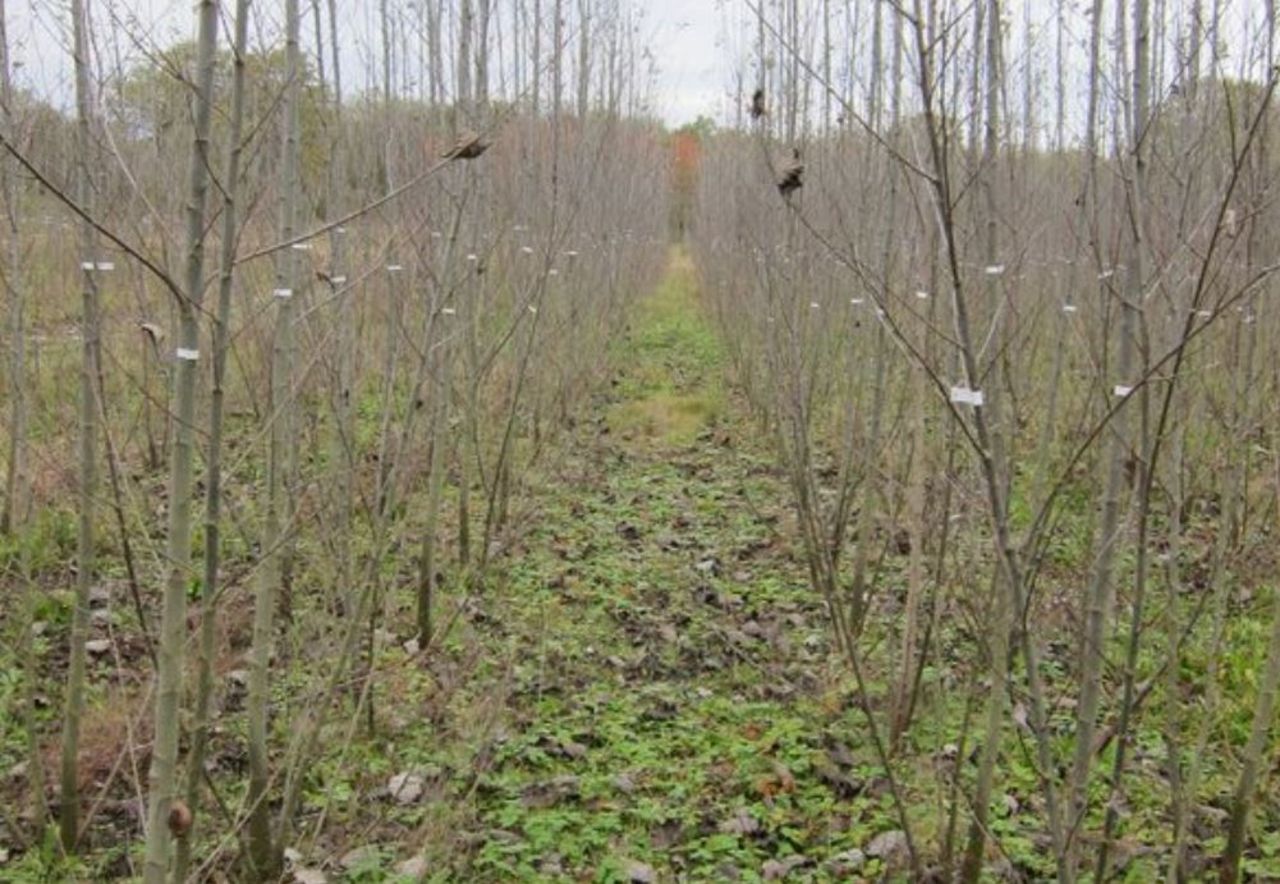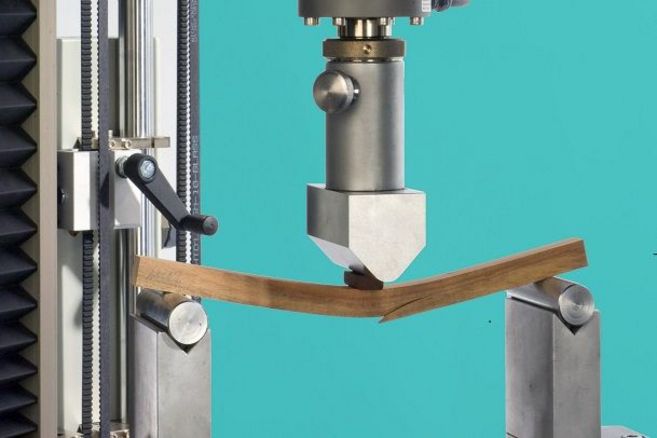Project
Improving eucalypt and poplar wood properties for bioenergy

Improving eucalypt and poplar wood properties for bioenergy
Plants can be genetically modified and may develop a differing phenotype. Such processes can also lead to changed tissue properties. Trees can be treated in the same way and the wood of those trees can be specifically modified. The "Tree for Joules" research project aims at a specific modification of poplar and eucalypt trees to optimize their suitability for energy purposes.
Background and Objective
The Tree for Joules project aims at the identification of factors on the molecular level which are playing a key role in the expression of the physico-chemical properties of wood cell walls. This is important for the utilization of this renewable resource for a more efficient production of second generation biofuels.
Approach
The work plan contains 4 work packages. WP1 is the identifictaion of candidate genes and the production of transgenic poplar trees. The Thünen Institute of Wood Research carries out the identification of wood properties through microscopic and microspectroscopic analyses. This package represenst the so called "microphenotyping" on the cell wall level.
Results
The PLANT-KBBE (Transnational Plant Alliance for Novel Technologies: towards implementing the Knowledge-Based Bio-Economy in Europe) project „Tree for Joules“ aimed at the improvement of the genetic resources of eucalypt and poplar trees to obtain optimized lignocellulosic material for second generation biofuels. A major goal of the project was to identify and characterize regulatory candidate genes responsible for the expression and establishment of wood characteristics which are to a large extent based on the chemical composition of secondary walls. Secondary walls of wood cells are composed of the three main components cellulose, hemicelluloses and lignin, whereby cellulose represents the most abundant and lignin the second most abundant biopolymer worldwide. These three wall constituents form a resilient three-dimensional complex which is rather resistant to decomposition. This recalcitrance requires energy intensive pretreatments also for the production of biofuels. Therefore, variations in the chemical composition of cell walls and/or an altered distribution of its constituents due to genetic modification may provide better suited feedstock material.
We analyzed various transgenic lines of poplar trees for lignin distribution in walls of secondary xylem fibres. Transmission electron microscopy and cellular UV-spectroscopy were applied for cell wall architecture and topochemical detection of lignin. Additionally, chemical analyses were carried out to determine Klason lignin contents. Xylem fibres of control trees display the regular concentric wall layering. Both microscopic techniques confirmed that cell corners and middle lamella regions contain distinctly more lignin than secondary wall layers. Genetically modified poplar trees developed xylem portions with varying degrees of lignification of their fibres. For example, some lines with lower lignin contents than controls were composed of regions with less lignin in fibre walls as well as of regions with lignin contents comparable to those of controls. In extreme, walls including middle lamella regions appeared nearly unlignified, whereby also cell corners had reduced lignin contents. On the other hand, we found transgenic lines with fibres showing relatively high lignin contents. Electron microscopy added information on the cell wall architecture of these topochemically varying xylem fibres. Differences in wall thicknesses and the formation of G-layers may play a certain role in determining overall lignin contents as revealed by chemical analyses because ratios between secondary wall regions with less lignin and middle lamella regions with more lignin affect the overall lignin content. The results contribute to a better understanding of cell wall architecture in the various transgenic lines.
Involved Thünen-Partners
Funding Body
-
Federal Ministry of Education and Research (BMBF)
(national, öffentlich)
Duration
6.2011 - 12.2014



![[Translate to English:] Logo des Bundesministerium für Ernährung und Landwirtschaft](/media/allgemein/logos/BMEL_Logo.svg)